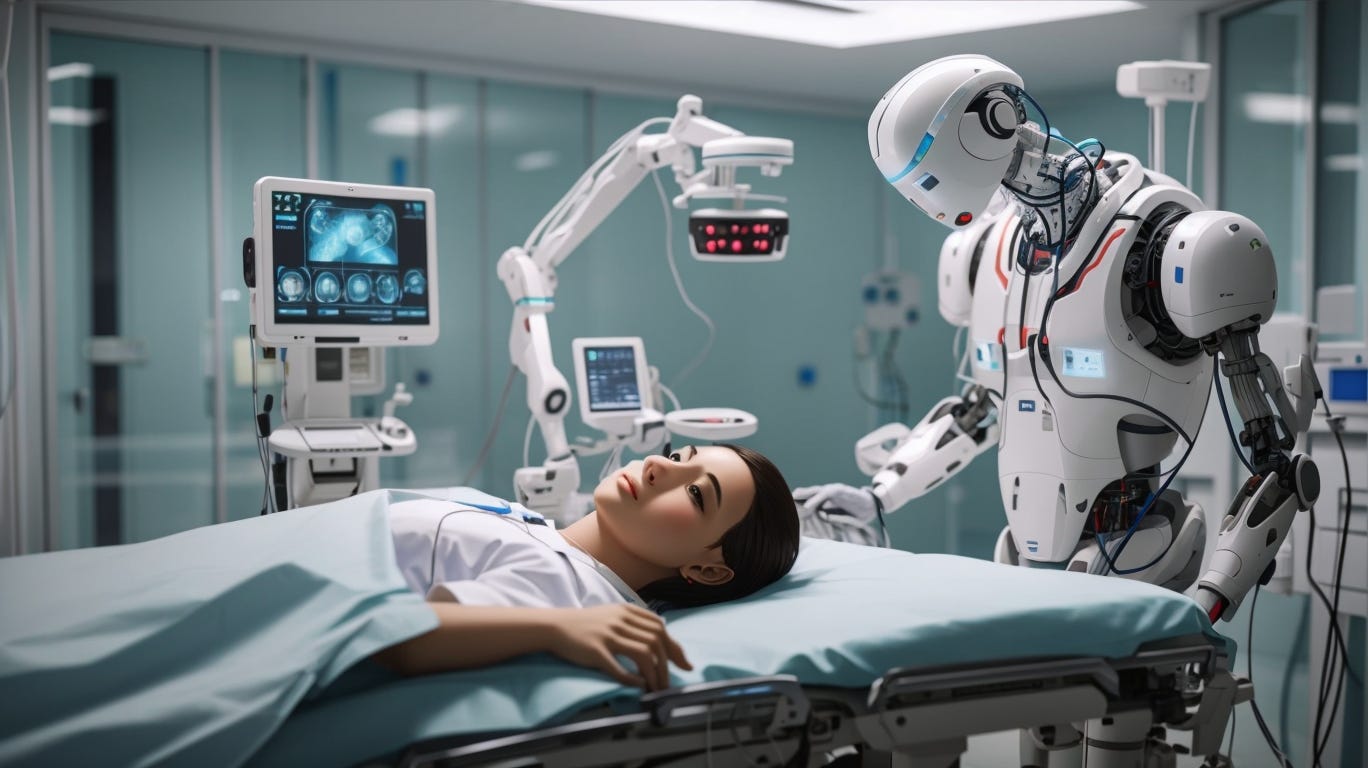Breast cancer is a life-threatening disease that affects millions of women worldwide. Although it is one of the most prevalent forms of cancer, its cause remains largely unknown. While several risk factors contribute to breast cancer, there is one major cause of breast cancer that almost everyone ignores. This blog post will explore this cause in detail and understand why it is so important.
What is Breast Cancer?
Breast cancer is a type of cancer that occurs when cells in the breast tissue start growing uncontrollably. These cells can form a tumor, which can be benign (non-cancerous) or malignant (cancerous). If the tumor is malignant, it can spread to other parts of the body and cause serious health complications.
Risk Factors for Breast Cancer
Several risk factors increase the likelihood of developing breast cancer. These include age, family history, hormonal imbalances, obesity, alcohol consumption, and exposure to radiation. While these factors are important to consider, they are not the primary cause of breast cancer.
The Major Cause of Breast Cancer
The primary cause of breast cancer that almost everyone ignores is exposure to environmental toxins. These toxins are found in the air we breathe, the water we drink, and the food we eat. They are present in many everyday products, including plastics, cleaning supplies, and personal care items.
The problem with these toxins is that they can disrupt the body’s hormonal balance, leading to the development of breast cancer. Many of these toxins are known as endocrine disruptors, which means they mimic hormones in the body and interfere with the normal functioning of the endocrine system. This can cause a range of health problems, including breast cancer.
Examples of Environmental Toxins
There are many different types of environmental toxins that can contribute to breast cancer. Some of the most common include:
- Bisphenol A (BPA) – is a chemical found in plastics, food packaging, and canned foods
- Phthalates – a group of chemicals found in cosmetics, fragrances, and plastics
- Pesticides – chemicals used to kill insects and other pests
- Polycyclic aromatic hydrocarbons (PAHs) – chemicals found in car exhaust and cigarette smoke
How to Reduce Your Risk of Breast Cancer
Reducing exposure to environmental toxins is one of the most effective ways to reduce your risk of breast cancer. Some steps you can take include:
- Avoiding products that contain harmful chemicals, such as BPA, phthalates, and parabens
- Eating a healthy diet that is rich in fruits and vegetables
- Drinking clean water that is free from contaminants
- Using natural cleaning products and avoiding harsh chemicals
- Supporting organizations that advocate for safer chemicals and environmental policies
Unfortunately, many people are unaware of the dangers of environmental toxins and how they can contribute to breast cancer. This is partly due to the lack of regulation of these chemicals, as many of them are not thoroughly tested before they are released into the market. As a result, it is up to individuals to take proactive steps to protect themselves from these harmful substances.
In addition to reducing exposure to environmental toxins, there are other ways to reduce the risk of breast cancer. Regular exercise, maintaining a healthy weight, and limiting alcohol consumption are all important factors to consider. Women should also undergo regular breast cancer screenings, such as mammograms, to detect any abnormalities early on.
The Link between Breast Density and Breast Cancer
Research has shown that women with dense breasts are at a higher risk of developing breast cancer. The dense breast tissue appears white on a mammogram, making it harder to detect small tumors, which may be masked by the surrounding tissue. In addition, dense breast tissue has a higher cell division rate, which increases the likelihood of genetic mutations that can lead to cancer. Women with extremely dense breasts have a four to six times higher risk of developing breast cancer compared to women with non-dense breasts.
Furthermore, breast cancer affects not only the individual but their loved ones as well. Family and friends often provide emotional support and help with caregiving, which can also take a toll on their well-being. It is important for individuals and their support systems to have access to resources and support to help them cope with the challenges of breast cancer.
How to Determine Breast Density?
Breast density can only be determined through a mammogram. Mammography is an imaging test that uses X-rays to produce images of breast tissue. The mammogram report will include a Breast Imaging Reporting and Data System (BI-RADS) score, which classifies breast density into four categories: A (almost entirely fatty), B (scattered fibroglandular densities), C (heterogeneously dense), and D (extremely dense).
One way to support those affected by breast cancer is to donate to organizations that provide education, research, and support services. These organizations can make a significant difference in the lives of those affected by breast cancer by providing resources and support throughout their journey.
Can You Reduce Breast Density and Lower Your Risk of Breast Cancer?
Breast density is largely determined by genetics and hormonal factors, and there is currently no known way to reduce breast density. However, lifestyle factors such as maintaining a healthy weight, exercising regularly, limiting alcohol consumption, and avoiding hormone replacement therapy may help lower the risk of breast cancer in women with dense breasts.
It is important to continue research on breast cancer and its causes in order to develop more effective prevention strategies and treatments. Clinical trials are a crucial component of breast cancer research, as they allow researchers to test new treatments and therapies on real patients. Participation in clinical trials is voluntary, but it can provide patients with access to potentially life-saving treatments and contribute to the advancement of breast cancer research.
The Importance of Regular Breast Cancer Screenings
Regular breast cancer screenings are crucial for the early detection and treatment of breast cancer, especially in women with dense breasts. The American Cancer Society recommends that women at average risk of breast cancer start getting annual mammograms at age 45, while women at higher risk may need to start screening at an earlier age or have additional imaging tests such as breast MRI. Women should also perform regular breast self-exams and report any changes in their breasts to their healthcare provider.
Breast cancer is a disease that affects people of all ages, genders, and backgrounds. It is important to promote inclusivity and diversity in breast cancer awareness and support initiatives. This includes recognizing the unique challenges and experiences of marginalized groups, such as people of color and the LGBTQ+ community, who may face additional barriers to accessing healthcare and support services.
Conclusion
In conclusion, breast cancer is a complex disease that requires a comprehensive approach to prevention, treatment, and support. By continuing research, promoting awareness, and supporting those affected by breast cancer, we can work towards a world where breast cancer is no longer a threat to our health and well-being.







